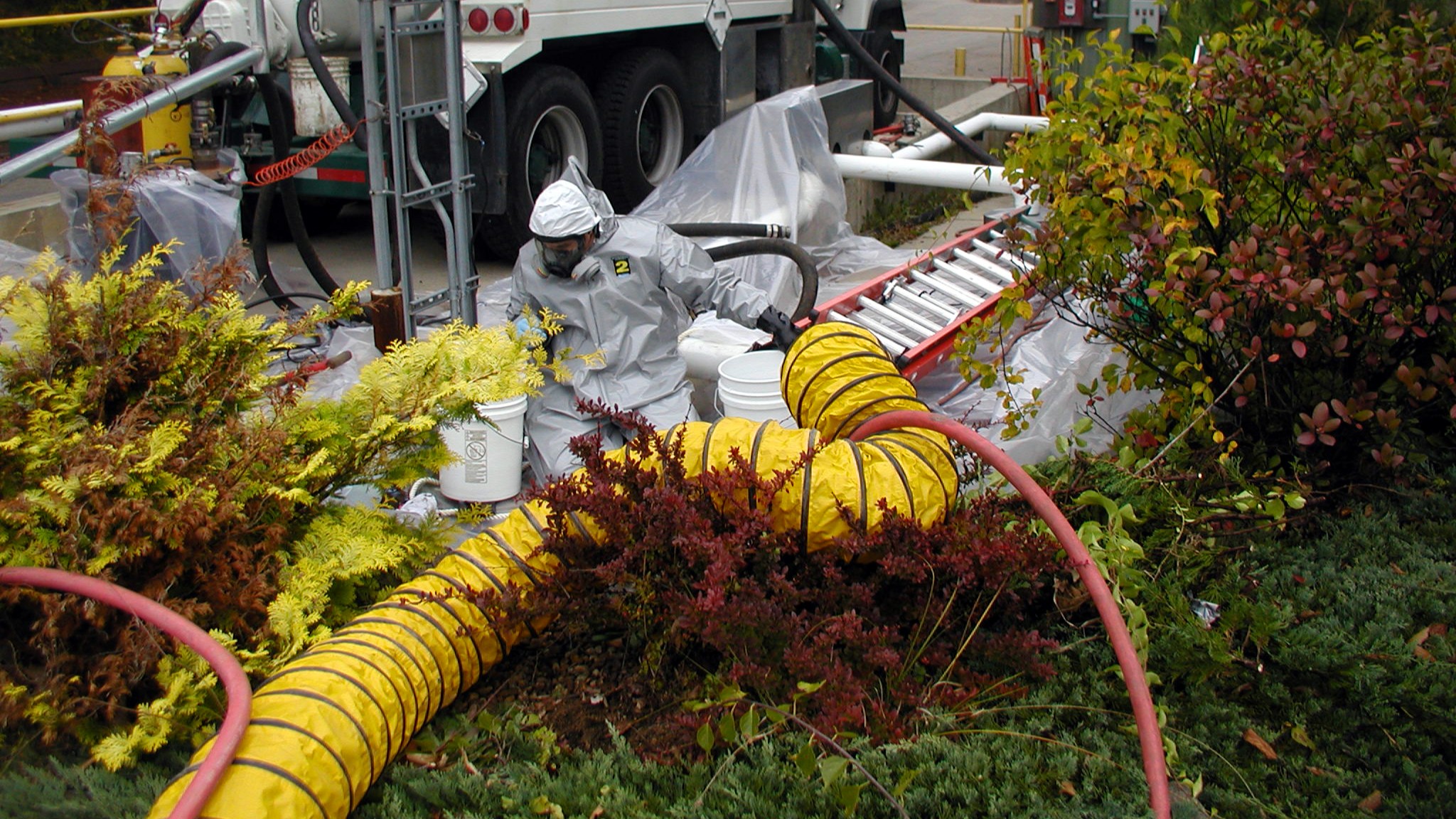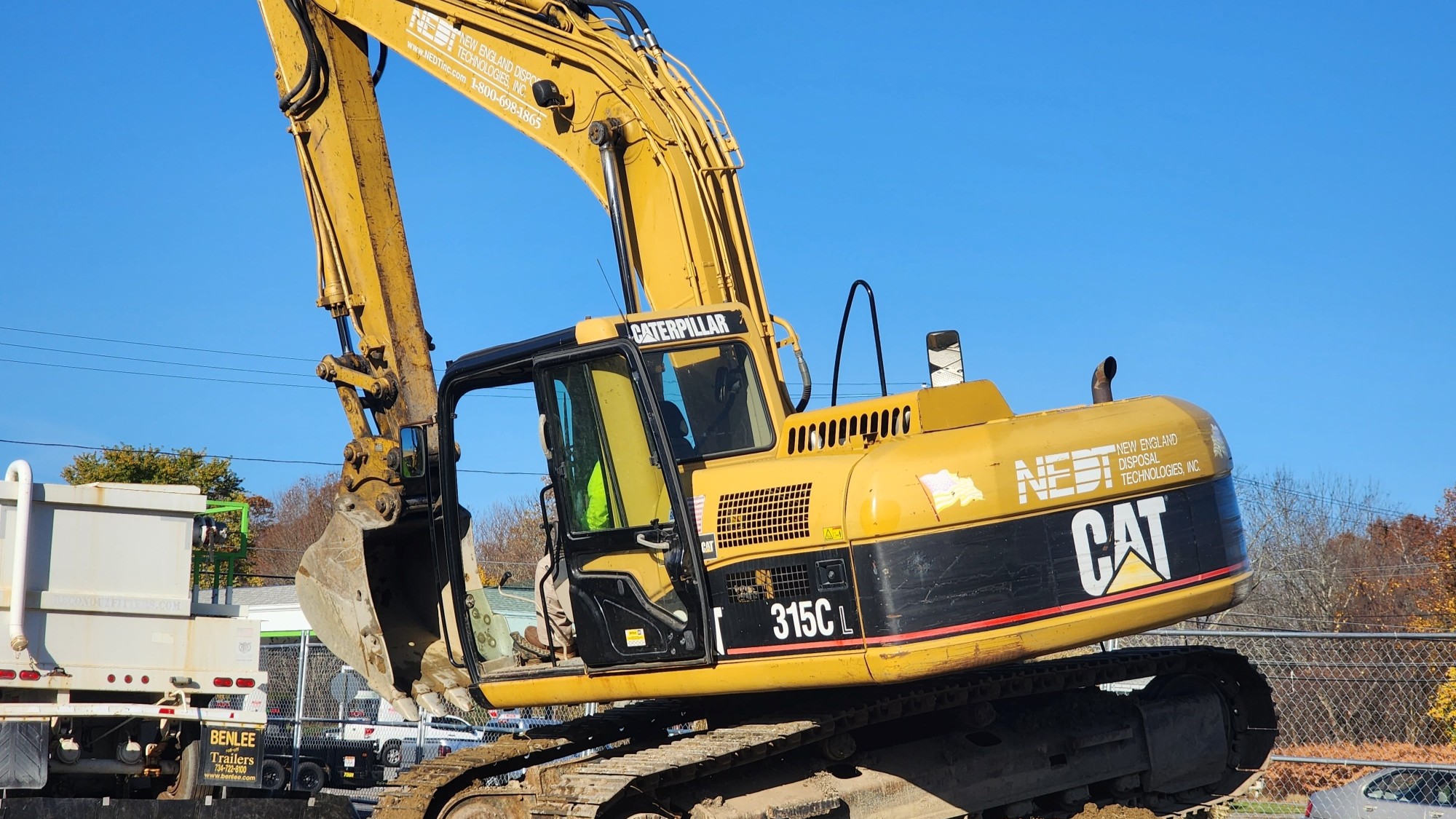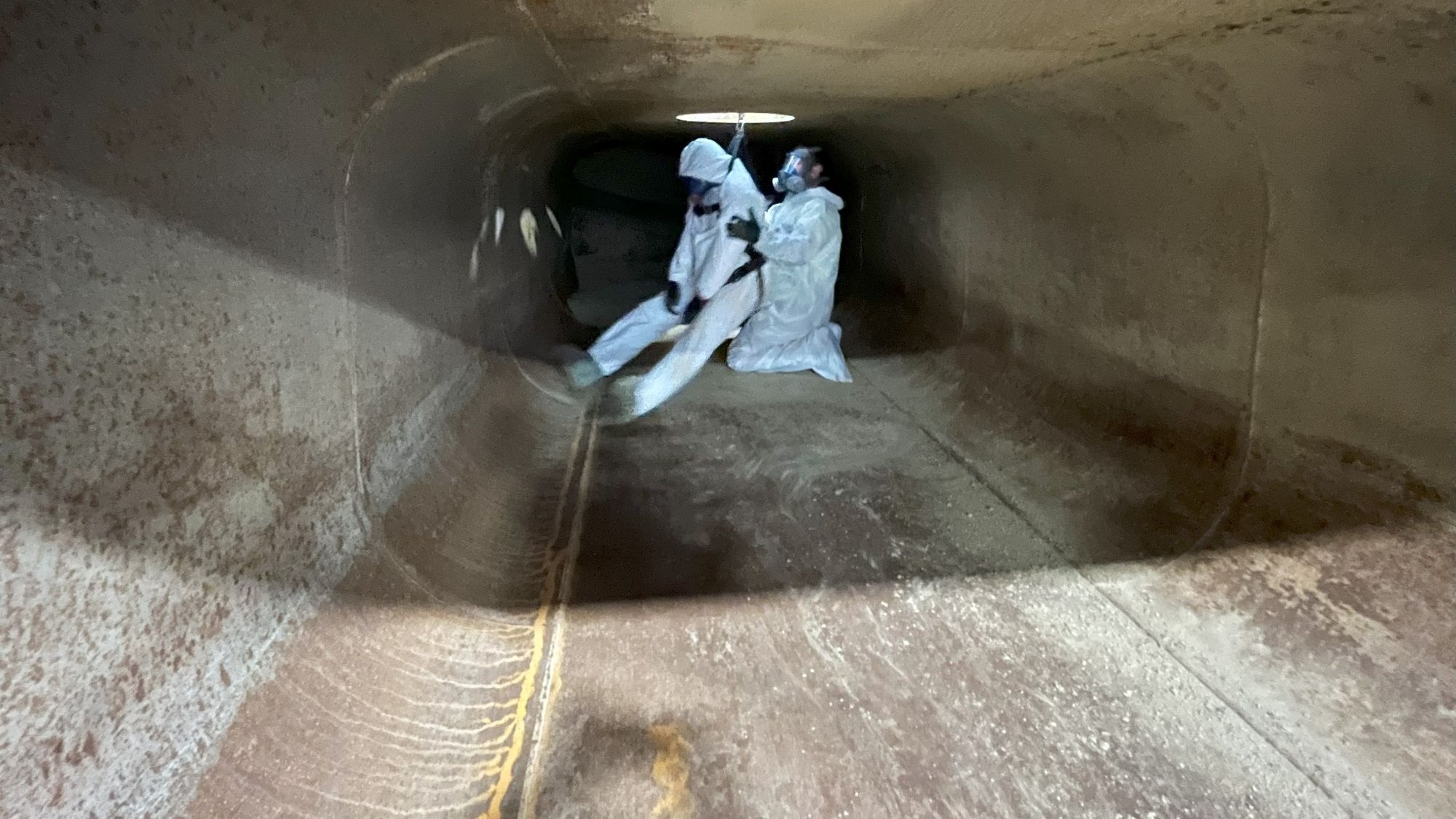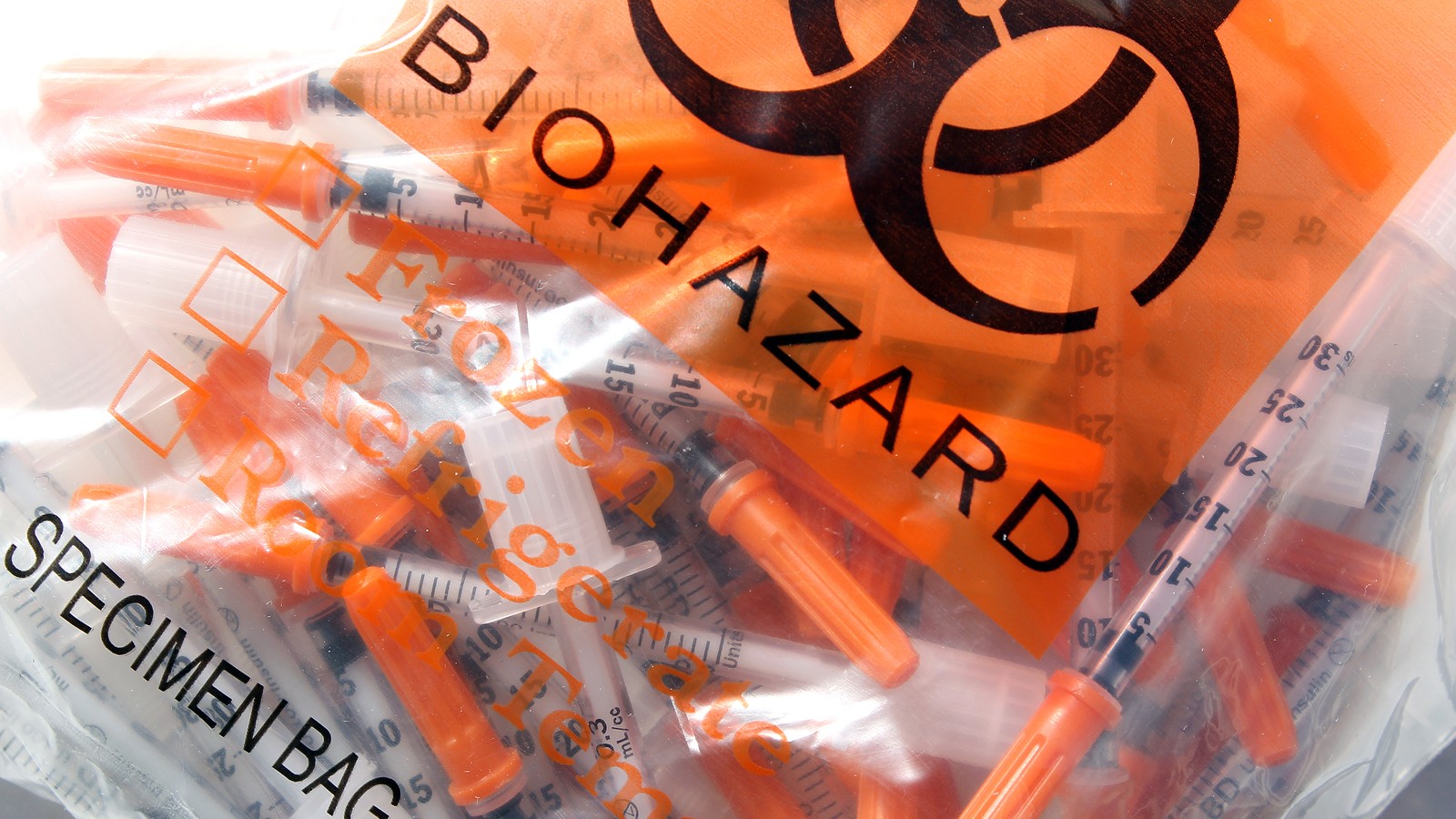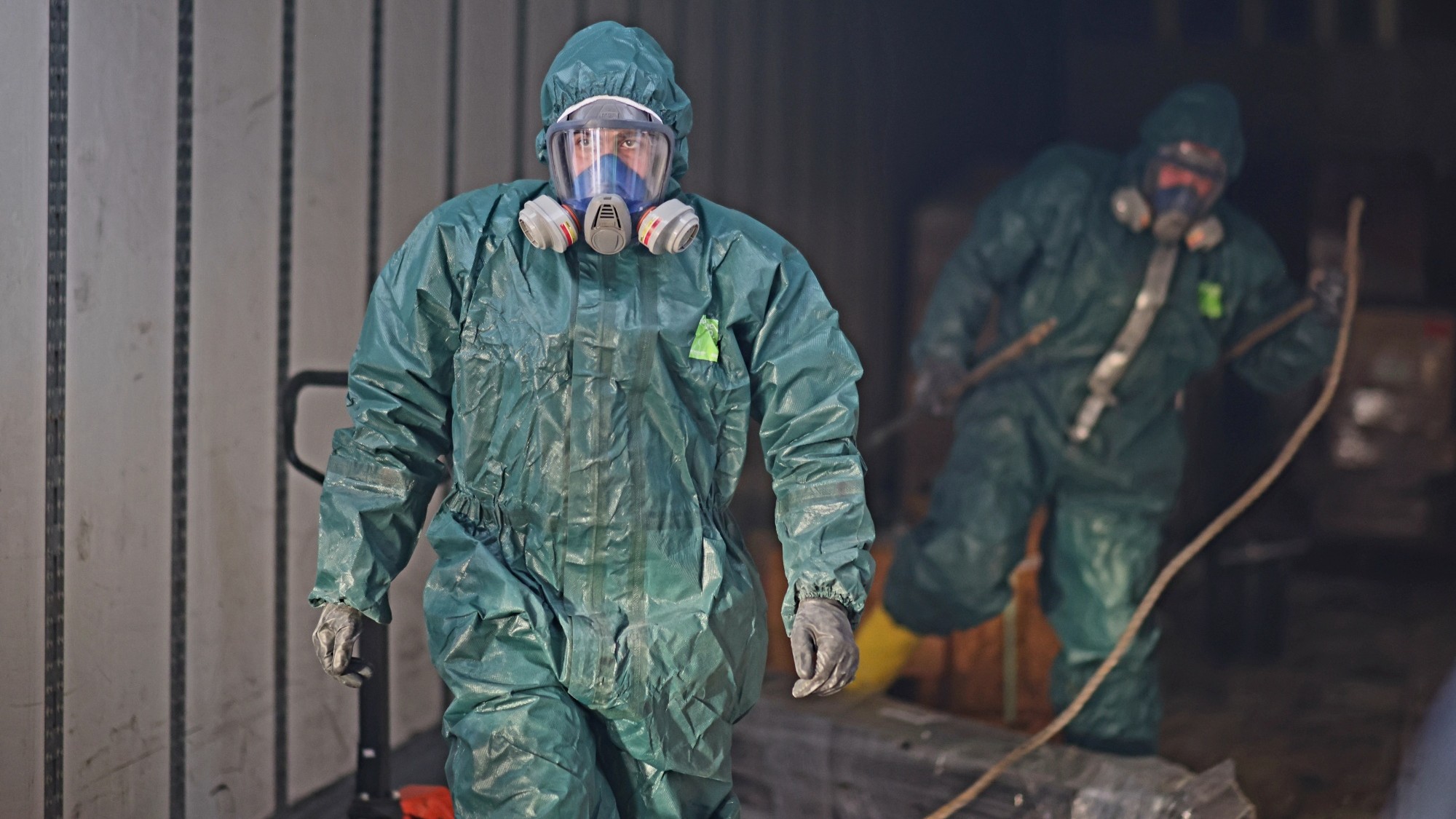Time to find a new hazardous waste transportation vendor? It’s important to know the process behind it. A lot goes into safe transportation, and it should: protecting all parties, including your business, our employees, residents, drivers, and the environment, is paramount. Today, learn what actually goes into making sure everything works together for safe hazardous waste transportation, from the first assessment to the last truck.
Step 1: Waste Stream Assessment
While it is essential if this is your first time working with a hazardous waste management contractor, having regular hazardous waste stream profiling is also important, even if you’re switching vendors. Identifying the types of hazardous waste (such as oil & petroleum products, chemicals, greywater, and solids) and their amounts is critical to properly storing the chemicals on-site, bringing the right tools, packaging, and vehicles for transportation, and finding the right disposal facilities to meet your demands—including budget and distance.
Step 2: Finding the Right Disposal Facilities
As mentioned above, transportation is only half the battle of disposing of commercial and industrial hazardous waste. It’s important to find the right disposal facilities to meet your needs, including:
- Volume: Can the facility handle the volume of your hazardous waste? It’s almost always better to have fewer facilities stops for your hazardous waste transportation.
- Disposal Method: Depending on your state, company mission, and internal guidelines, specific disposal methods, including greener or recycling options, may be preferred.
- Distance: The distance between your business and the disposal site also factors in, not only the straight distance, but the safety and grade of the roads used.
- Pricing: All the above factors can be combined to determine pricing. It’s important to balance price with the preferred disposal methods, safe transportation, and the distance to site.
It’s also important that the promises these disposal facilities make are accurate, which is why NEDT regularly audits disposal facilities to make sure your waste is being handled correctly.
Step 3: Secure Waste Storage and Packaging
After assessment and disposal are lined up, and before the actual transportation, the hazardous waste needs to be stored safely on-site and then made ready for transportation when the vehicles arrive. This includes ensuring that your hazardous waste is stored safely on-site, utilizing existing infrastructure, and providing materials and training. Depending on the materials, technicians, chemists, and drivers will be available to package up everything and load for transport, taking inventory of all materials used and all hazardous waste packed.
Step 4: Safe Hazardous Waste Transportation
Of course, all the above work is in preparation for the main event: safe hazardous waste transportation. This includes not just a focus on safety—such as training for our staff, from technicians to drivers, and the provision of the right protective gear—but also the use of the right tools and trucks for each job, utilizing the best technology that is serviced in-house. Having both vehicles and staff in tip-top shape and ready for any eventuality always pays off in the long run, not only for your business but also for the environment.
Understanding what it takes to provide safe hazardous waste transportation is the first step to making your operations safer. If you’re in New England, please reach out to NEDT about your transportation needs. And while hazardous waste transportation and disposal are our passion, we also offer a range of overlapping and complementary services, including industrial cleaning and maintenance, site remediation, emergency spill response, and disaster recovery. We believe that hazardous waste shouldn’t be difficult to dispose of, and our years of service show it.



